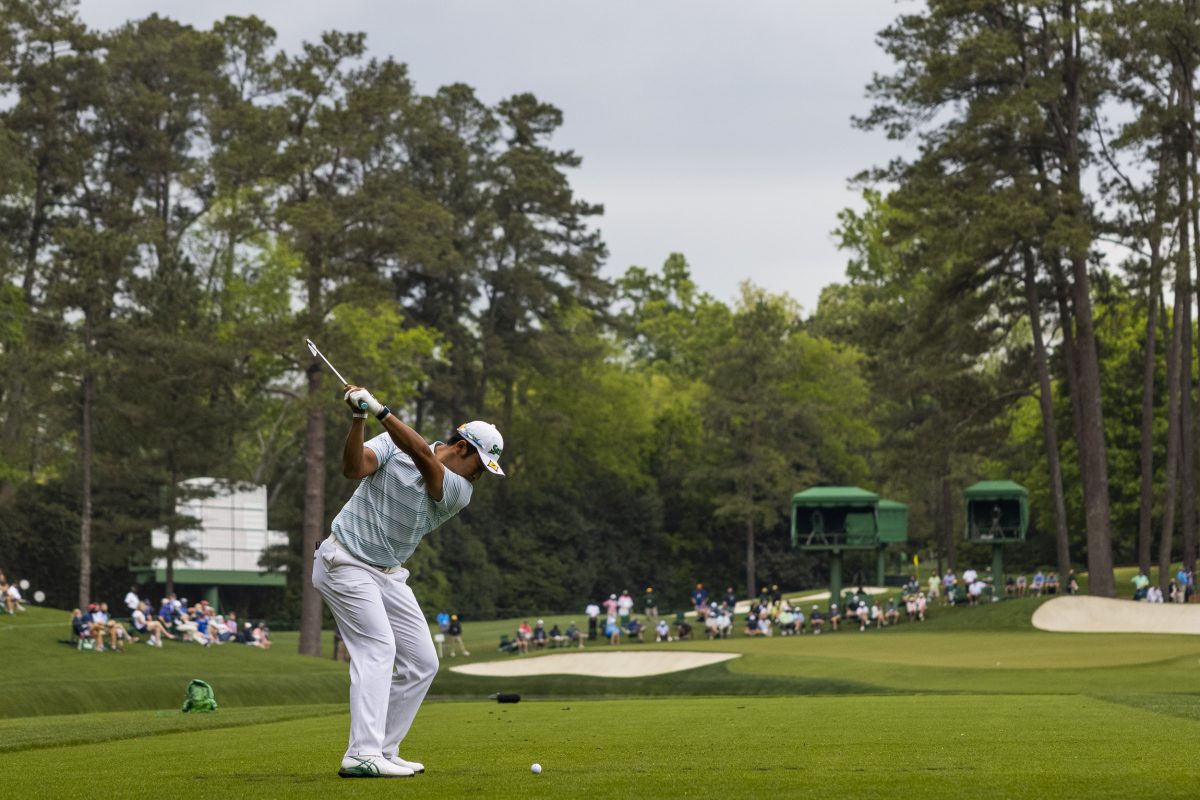Josh’s Tips & Tricks: Timing in Transition
Intro
Hello golfers. welcome to this week’s tips & tricks. Weather is better this week so hopefully you’re making the most of it and heading out onto the course. This week’s newsletter is similar to what I did with my roll-up classes last week. Almost everyone found it beneficial so I’ll share it with all of you. It’s about timing in transition. Basically how long there is between the end of the backswing and start of the downswing. Let’s have a look at how you can feel it and practice it to improve.
Transition
Take a look at the following video and then I’ll explain how you can understand your transition better.
Making sure that you are nice and patient into the top of the backswing is one of the keys to a good transition. Lots of people have quick tempos through their swing so do not give themselves enough time at the top of the backswing. A really good example of a long pause and deliberate transition on tour is Matsuyama. I have attached a link to a video below analysing his swing. Take a look at the amount of time he takes at the top of his backswing to allow the body to turn and face the target.
MATSUYAMA GOLF SWING ANALYSIS – VIDEO

This is something you can learn from and practice. In the video I have counted at the top of my backswing for 3 seconds, then 2 seconds, then 1 second, then a split second. Each and every person will prefer to have a different timing in transition. I spend lots of time in lessons getting people to feel movements and positions at the top of the backswing in slow motion. From there then it’s about creating energy that moves towards the target so try to make sure the lower body turns to face the target to start the downswing. If you do this the club will follow from behind the body giving more accelleration through the ball.
Working on transition feels horrible to start but it will improve your timing and sequencing. Next time you’re on the range practice getting into your backswing slower, then practice holding at the top for different amounts of time. Try to make sure the lower body always leads the downswing and then admire the results.
If this is something you would like to work on with some supervision the CLICK HERE TO BOOK A LESSON NOW.
Catch you soon.
Cheers,
Josh

